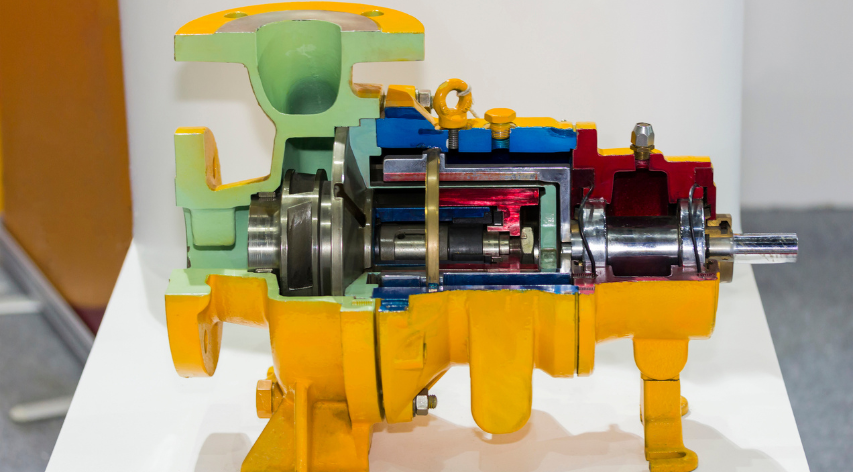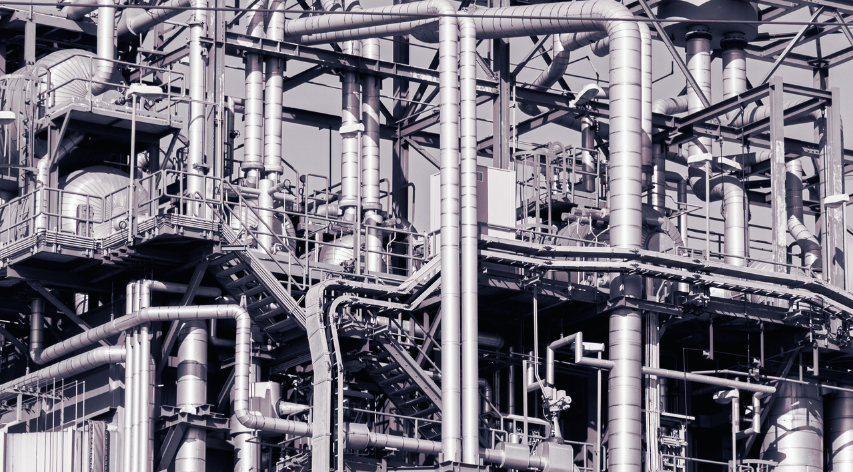Requirements for an ASME Section VIII, Division 2 UDS – Part 1 of 2
Since the introduction of ASME Section VIII, Division 2 in 1968, a design basis document called a Users Design Specification (UDS) has been a Code requirement. The original requirements from 1968 were rather sparse. So, when Division 2 was re-written and issued in 2007, it was decided to expand the requirements to encompass all of the necessary design inputs.
For the 2010 ASME PVP Conference, I co-wrote a paper that described in great detail what these new requirements are. Even more important than these new requirements is the multi-disciplinary approach that is required to adequately achieve these requirements. This will be a two-part blog post: part one will focus on the requirements (and some discussion about formatting) and part two will focus on the multi-disciplinary approach.
There are nine required sections in a UDS. These are listed in article 2.2.2 of Division 2. The remainder of this post will discuss those sections in detail.
A) Installation Site
This section requires information about the location of the vessel. Division 2 vessels are only permitted in fixed and static locations (as opposed to portable/mobile vessels). Jurisdictional information, if applicable needs to be provided, because individual jurisdictions may have additional requirements above and beyond the basic Code requirements. In the event that there are no jurisdictional requirements, it is good practice to describe how the verification/validation of the certified design will be accomplished, i.e. through a third-party or through an insurance carrier. Finally, site-specific data such as wind, seismic, snow load and minimum ambient temperature are required to be provided.
B) Vessel Identification
This section required information to identify the vessel, such as the tag number. Information about the fluid in the vessel is also required, such as phase, density, etc. In cases where the process composition varies along the length of the vessel, such as a distillation column or a chemical reactor vessel, the associated property changes, as appropriate, must also be specified. In this section, I also recommend that the user provide a short narrative about how the vessel fits into the plant operation.
C) Vessel configuration and controlling dimensions
In this section, it is important to start with an outline (often called a General Arrangement or GA) drawing. Whether the vessel is vertical or horizontal and the method of support is required to be described. All of the openings are required to be specified, so I recommend that a full nozzle schedule including elevations and orientations be included. The last requirement is “principle component dimensions in sufficient detail so that the volume capacities can be determined.” I recommend that the vessel ID and length along with the head types be included here. One of the reasons for requiring the User to provide this information is that the effort required will usually highlight any potential constructability or maintainability issues that may arise.
D) Design Conditions
This is where we start to get into the heart of the design specification. To start, the design pressure and design temperature are required. It is permissible for a pressure vessel to have multiple pressure/temperature design combinations and in certain circumstances it may even be desirable to do so. Also, the MDMT and the coincident pressure are required to be specified. Finally, all dead loads, live loads, and other loads needed to perform the load case combinations from Part 4 and/or Part 5 are needed.
E) Operating Conditions
The operating conditions, temperature and pressure, are required to be provided. If there are any fluid transients, sufficient details need to be provided to calculate temperature distributions. Often there will be multiple operating regimes, such as start-up, shut-down and any other normal operating conditions; these should all be described in detail. The level of detail provided should be similar to an operators’ manual, but with additional engineering details that the vessel designer will need.
F) Design Fatigue Life
For many vessels, this may be the most complicated section of the UDS. The cyclic operating conditions must be described and the fatigue screening analysis results provided. If a fatigue analysis is not required because it passes the screening, I recommend that the entire fatigue screening analysis be provided as an Appendix to the UDS. If a fatigue analysis is required, then details sufficient to perform such a fatigue analysis are required to be provided. This includes the number of cycles and a detailed description of all of the cycles. Based on my experience, it is the transient effects that are the most important in the fatigue calculations, so these need to be described sufficiently.
G) Materials of Construction
In this section, the User specifies the materials. It can be a generic specification, such as 304 stainless steel, or it can be a particular specification. If a particular specification is made, the User must ensure that the material is in accordance with Part 3. Next, the User must specify the corrosion and/or erosion allowance. Finally, the User is directed and cautioned that, when selecting the materials of construction, damage mechanisms and metallurgical phenomenon must be considered, along with MDMT toughness requirements. Finally, the need for specific weld filler material must also be addressed by the User.
H) Loads and Load Cases
The User has the responsibility of specifying all expected loads and load case combinations as listed in Part 4 (Article 4.1.5.3). This means that the User must fully understand what these loads and load case combinations mean. To start, the loads and load case combinations that are to be considered shall include but not be limited to those shown in Tables 4.1.1 and 4.1.2. Depending on the specifics of the vessel, there may be additional loads that the User would know about. Although these Tables explicitly state that the effects of any loads being zero needs to be included in any load case combination, it is my recommendation that this should also be explicitly detailed in the UDS. It should be noted that the vessel designer is under no obligation to evaluate any loads or load case combinations that are not explicitly detailed in the UDS. As such, it is very important that all loads that will be experienced by the vessel are considered and captured in the UDS as appropriate.
I) Overpressure Protection
The User is responsible for overpressure protection of the vessel, not the designer or manufacturer. Therefore, the User must explicitly state the type of overpressure protection that will be provided once the vessel is installed. Finally, the User must state whether jurisdictional acceptance of the vessel is required prior to operation of the vessel.
Additional Requirements
There are numerous additional requirements that the Code writers deemed significant enough to be listed. I would suggest that good engineering practice would be to include all of these additional items in the UDS; and that the ones that not applicable should be indicated as such. Of special interest are the erection loadings. The majority of vessels are shop-fabricated and field installed. Therefore, properly defining the erection loading is critical to ensuring that the vessel will not be permanently damaged during erection. This may also include whether or not the vessel is pre-dressed prior to erection. I would also include transportation loads here, as well, as I am aware of situations where the transportation loads have been the governing case for the thickness of certain vessel components.
The UDS as A Legal Document
In jurisdictions where the use of the Code is mandatory, the UDS actually takes the force of law, being a requirement of the Code. Consequently, all mandatory requirements listed in the UDS become binding with the force of law. Therefore, the engineer writing the UDS is well advised to keep this consideration foremost when writing the UDS.
Formatting
The engineer writing the UDS is faced with three options when writing the UDS: spreadsheet/checklist, narrative, or a combination of those two. I highly recommend that the narrative format be used. The issues contained in the UDS are complex and, as will be shown in Part 2 of this post, involve communicating and coordinating with a multi-disciplinary team. It is my opinion that a well developed UDS in this context does not lend itself to a spreadsheet/checklist approach.








My Design-By-Analysis course focuses on the application of finite element analysis to pressure vessels in accordance with ASME Section VIII, Division 2, Part 5. We run with the assumption that the UDS requirements are already adequately laid out. However, if there is sufficient demand, I could put together a one-day course covering the topic of Users Design Specifications.